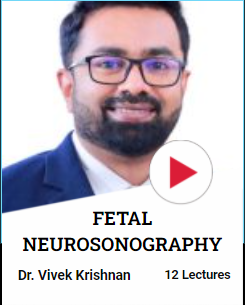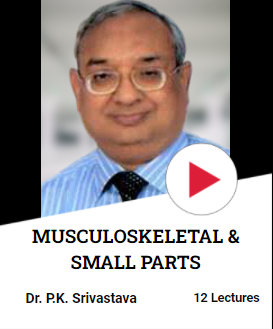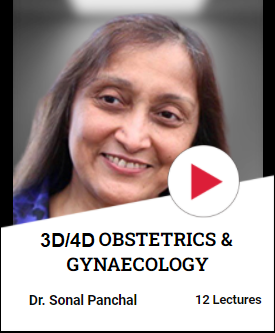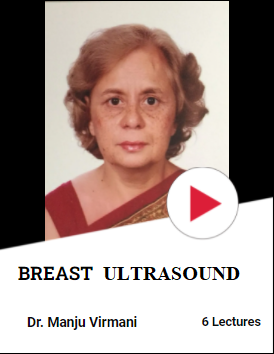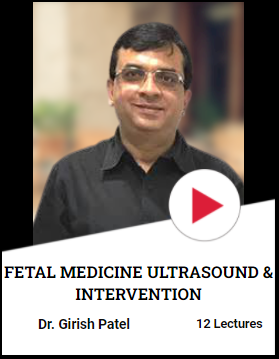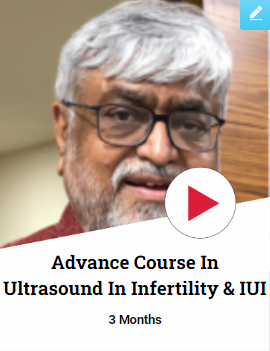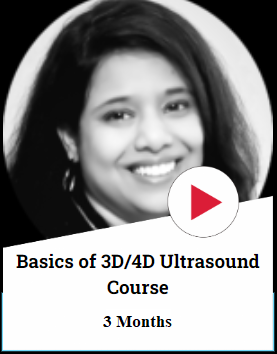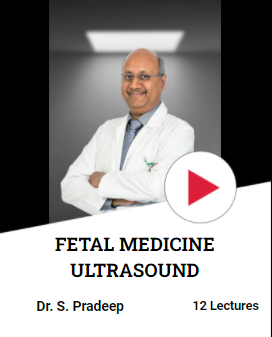Introduction
Mitral stenosis echocardiography is when the mitral valve starts narrowing blocking the flow of blood to the left ventricle. The symptoms of mitral stenosis are breathlessness, fatigue, swollen feet or legs, heart palpitations, dizziness, coughing blood, and chest pain. Mitral stenosis can happen anytime between the age of 15-40 and sometimes even in childhood. The main cause of mitral stenosis is rheumatic fever and if left untreated it results in severe heart complications. The other cause is calcium deposits around the mitral valve ring, this occurs as a person ages.
As per the anatomy of the heart, the role of the mitral valve is to let the blood flow from the left atrium to the left ventricle during the left ventricular diastole. Mitral stenosis is a condition when the mitral valve thickens, the leaflets don’t move so easily, chorda tendinea fuse and thicken, and commissural calcification.
Diagnosis
Mitral stenosis is diagnosed through echocardiography, this imaging technique helps understand the severity of mitral stenosis, identifying the impact on the left ventricular cavity and size and most importantly selecting the best treatment strategy. Echocardiography helps evaluate leaflets, annulus, chordae, papillary muscles, and left ventricle. Various types of echocardiography are performed to detect mitral stenosis and the seriousness of it.
M-mode echocardiography, 2D and 3D echocardiography exercise echocardiography, and Doppler echocardiography are some of the imaging techniques that are performed that helps evaluate the severity of mitral stenosis, heart rhythm, regular and irregular echocardiogram of the heart valves, measure the mitral valve thickness, detect enlarged chambers, and other live images that give complete details of the functioning of the heart.
These imaging techniques use high-frequency ultrasound waves that help the technician or medical professional to detect the issues and plan for treatment strategies. Most of these techniques are non-invasive and require great skills to perform the tests, knowing how to rotate the transducer, what angle to keep the transducer, adjusting the transducer, placement of the transducer, when to capture the live images, read the images, record and document the live images. Mainly be able to differentiate mitral stenosis from other heart conditions, that is where imaging techniques help the medical professionals.
Treatment
The treatment for mitral stenosis depends on the severity of the situation, if the situation is mild, the patient will require only medications and changes in lifestyle and diet. If the mitral stenosis is severe then the patient will require surgeries and changes in lifestyle and diet.
References –
- https://www.wikidoc.org/index.php/Mitral_stenosis_echocardiography
- https://www.mayoclinic.org/diseases-conditions/mitral-valve-stenosis/symptoms-causes/syc-20353159#:~:text=Mitral%20valve%20stenosis%20%E2%80%94%20or%20mitral,of%20breath%2C%20among%20other%20problems.
- https://www.escardio.org/Journals/E-Journal-of-Cardiology-Practice/Volume-16/Understanding-the-role-of-echocardiography-in-the-assessment-of-mitral-valve-disease
- https://www.ncbi.nlm.nih.gov/pmc/articles/PMC3727554/
- https://www.123sonography.com/ebook/echocardiographic-findings-mitral-stenosis



